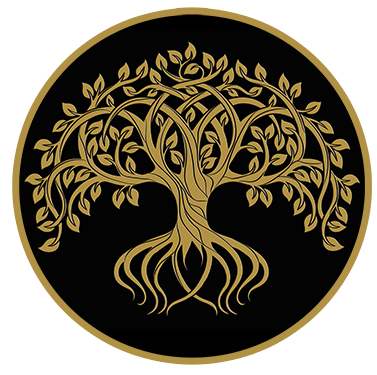Juicing benefits and facts part 1
[vc_row css_animation="" row_type="row" use_row_as_full_screen_section="no" type="full_width" angled_section="no" text_align="left" background_image_as_pattern="without_pattern" css=".vc_custom_1503330344323{margin-right: -100px !important;margin-left: -100px !important;padding-top: 100px !important;padding-right: 100px !important;padding-bottom: 100px !important;padding-left: 100px !important;background-color: #ffffff !important;}"][vc_column][vc_column_text] Juicing …

